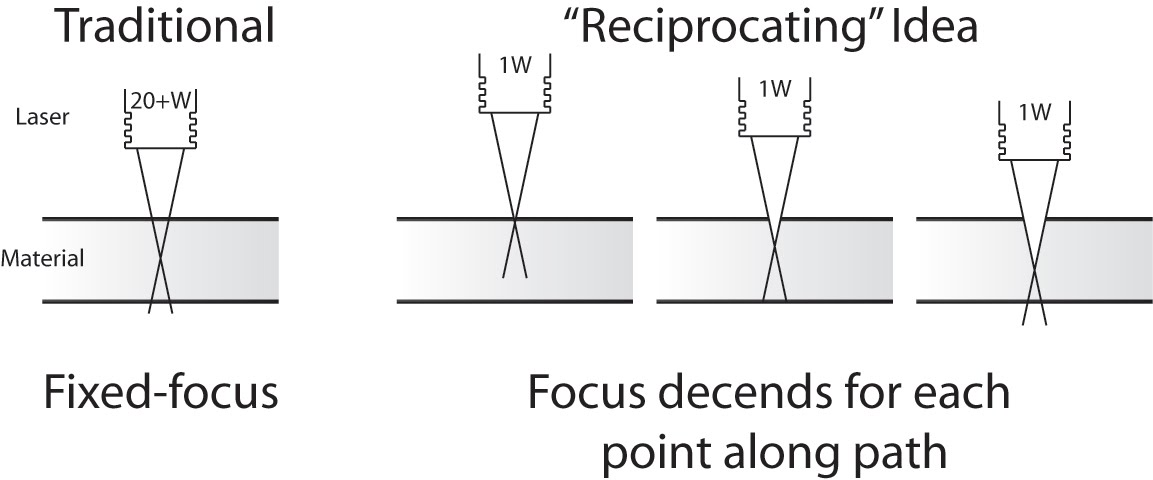Recently more than one person has suggested I try my hand at an Arduino. I’ve got a spare Extruder Controller which happens to include an Arduino.
I rarely bother learning something new if I can help it. 1 And, I’ll actively avoid trying to learn something new if there’s not a need to learn it.
I have no doubt that once I figure out how to use an Arduino I’d enjoy it. However, I just don’t have any ideas of what I’d want to use a microcontroller for at this time. And, really, none of the projects I’ve seen is particularly compelling. And, without an end goal I’m shooting for, this would just be learning something for learning’s sake.
So, here’s the question I pose to you, gentle reader:
What would you design/build if you had access to an Arduino, a Thing-O-Matic, a Cupcake, an Egg-Bot, and lots of plastic?
- I remember in high school that it was so much easier for me to derive Tan, Sin, Cos, rather than to actually remember the values around the unit circle. And really, if you can derive that information quickly, why bother committing it to memory? [↩]

